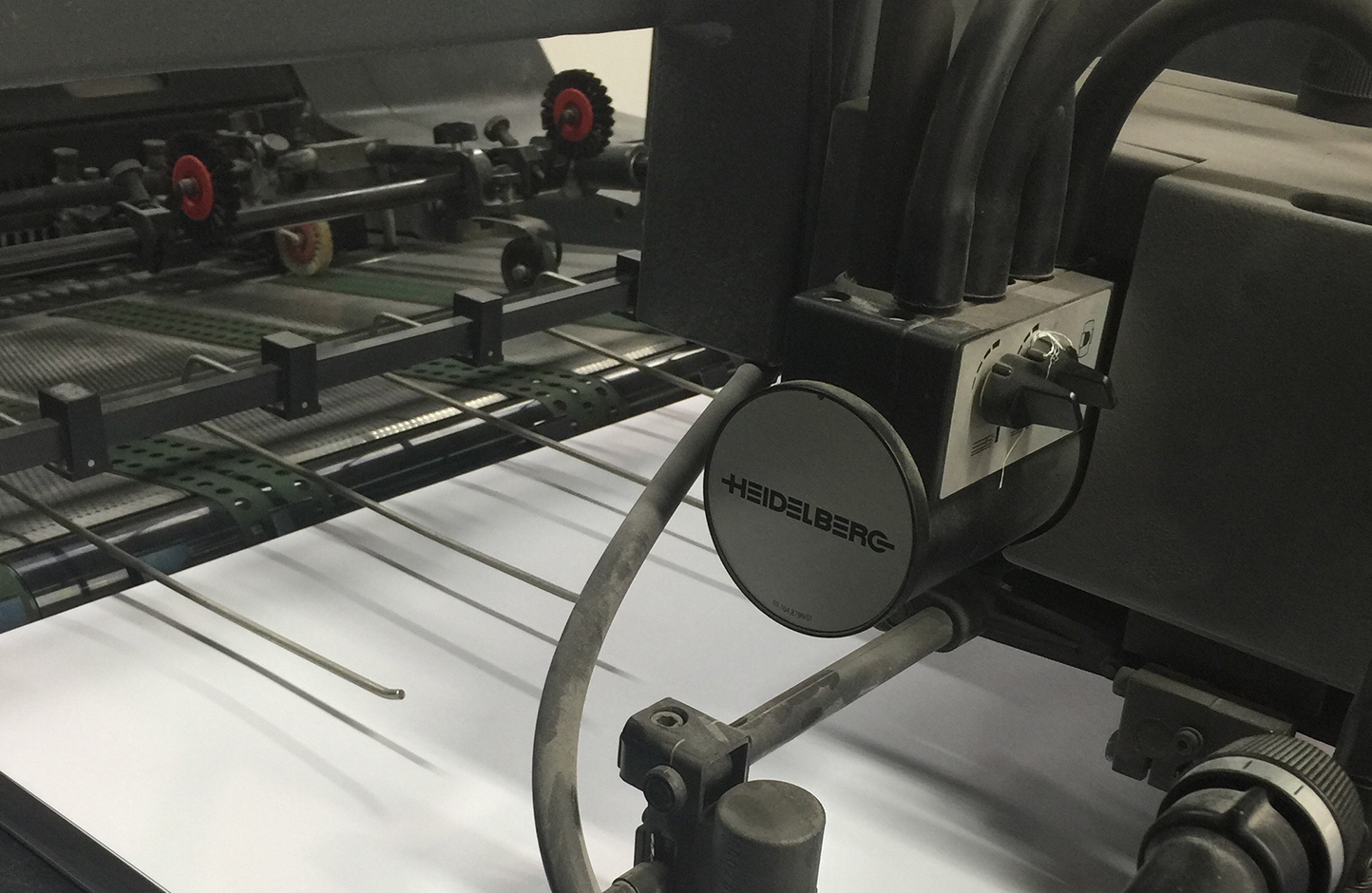Offset versus digital printing
Often confused, offset printing and digital printing are two quite distinct techniques.
While offset printing is based on older technology, digital printing requires the use ofmore recent technology.
Nevertheless, the results of both printing techniques are quite similar: quality prints.
Welye, your printer in Paris explains the difference between the two concepts.
Offset printing
Introduced at the end of the 19th century, offset printing is the traditional printing technique.
Also known as lithography, it is based on the repulsion of fatty ink and water.
Offset printing requires several steps to be completed before printing.
First, the document to be reproduced is placed on a metal plate, whether for images or other illustrations.
Next, the plate is placed in a specific slot of the letterpress (printing system).
The illustration is then engraved on the blanket – a piece of rubber wound on a cylinder – which then transfers it from the plate to the paper.
During the printing process, the paper must pass through around four printing units, or even five to bring out a Pantone shade or varnish.
Digital printing
While offset printing requires heavy equipment, much more intervention and processing time, digital printing is much less complicated.
It doesn’t require as many steps, but is more oriented towards computer processing.
This process is also referred to as direct, since the document is reproduced directly on paper, using specific techniques and software such as a laser printer.
Processing is rapid, with considerably reduced publishing times and ink drying times.
A choice to suit your needs…
Digital printing, which saves time, is much better suited to small quantities.
Offset printing, on the other hand, requires greater expertise, and is better suited to medium and large runs.
With this process, printing does not take place directly on the substrate, but via the blanket.
What’s more, digital printing enables us to print up to A3 (32 x 45 cm), compared with A0 (84 x 120 cm) for offset printing.
As for substrates, there’s a wide choice for both.
In terms of quality, both techniques deliver top-quality printing, provided you use a professional. Welye, a printing company in Paris, will advise you on the best technique to use for your publishing project, and create a top-quality print, whatever the medium you require.






